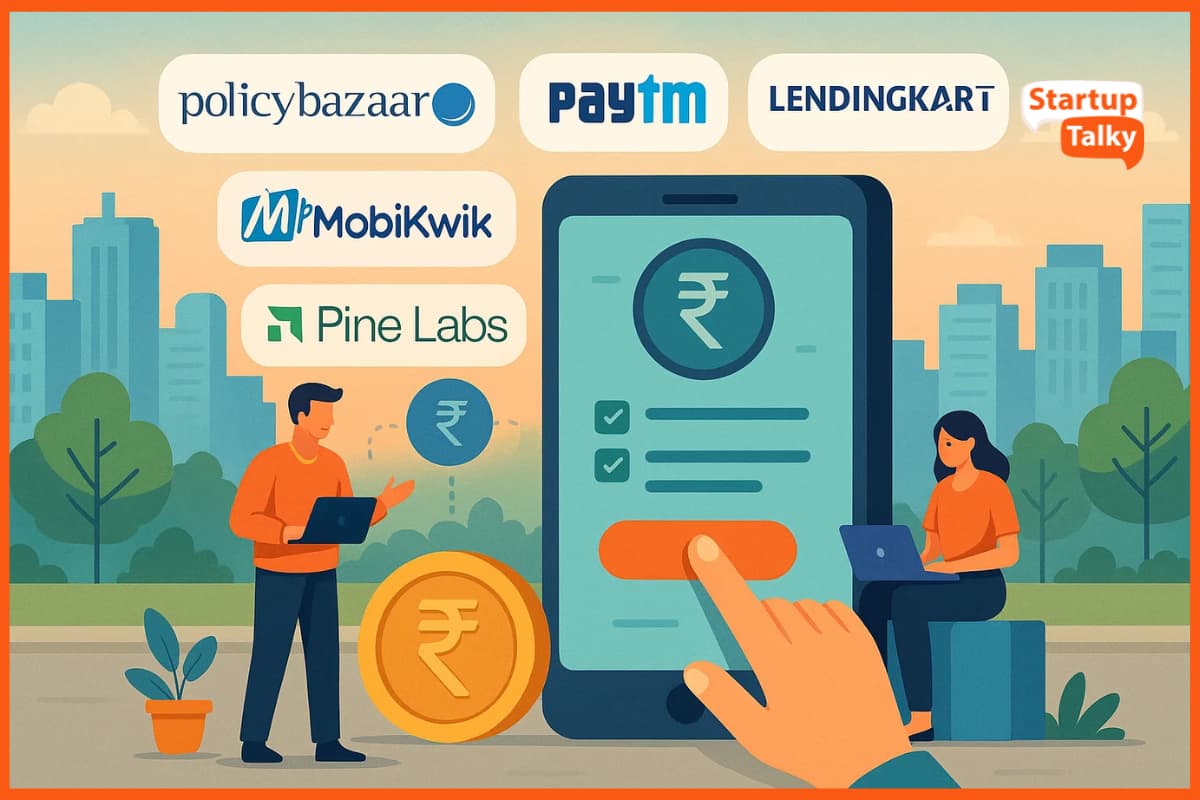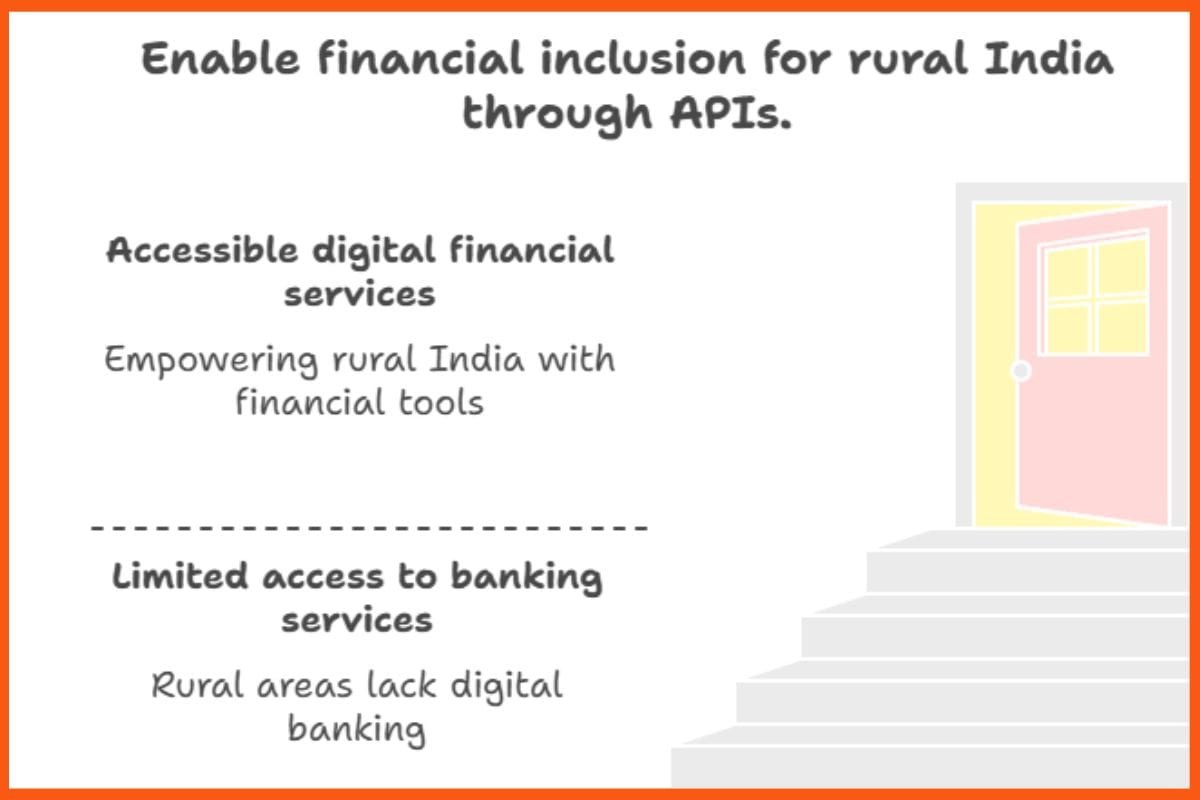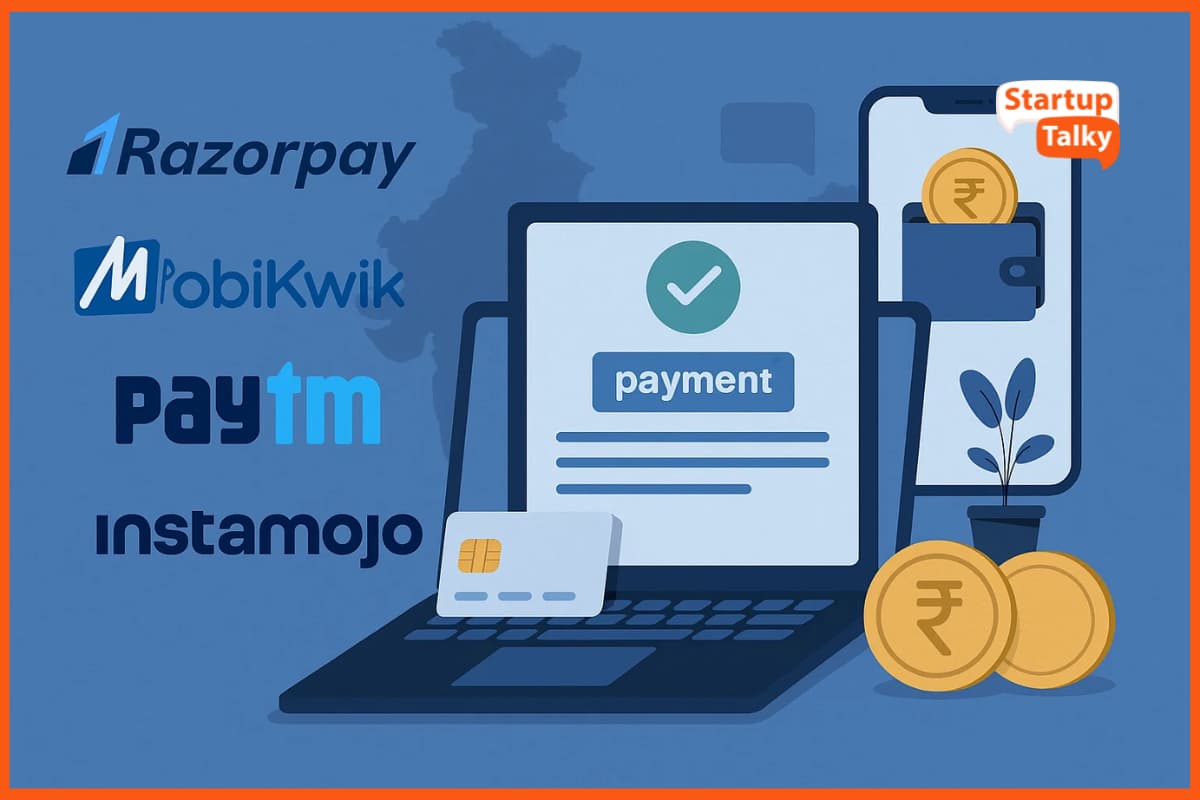This article has been contributed by S. Anand, Founder & CEO, PaySprint
India’s digital transformation is no longer about flashy apps or isolated innovations, is about the quiet infrastructure that powers them. At the heart of this shift lies the Application Programming Interface (API), the digital handshake that connects banks, fintechs, businesses, and consumers in real time.
APIs have become the invisible backbone of financial services. They allow payments to flow, identities to be verified, loans to be processed, and services to be embedded seamlessly into daily life. To understand how APIs are making India a truly digital-first economy, we need to look at their role in bridging institutions, powering everyday interactions, and driving financial inclusion across urban and rural Bharat alike.
APIs as Bridges Between Banks and Fintechs
For decades, banks operated as closed fortresses, relying on legacy systems and manual processes. Fintechs, on the other hand, thrive on agility and customer-centric innovation. APIs are the connectors that enable these two worlds to collaborate.
Through standardized interfaces, fintechs can now plug directly into banking systems without months of integration work. This allows them to offer services such as payments, credit, or reconciliation on top of a robust banking infrastructure. The result is faster product launches, more competition, and better experiences for end users.
In essence, APIs have turned banking from a walled garden into a collaborative ecosystem. Instead of each player building from scratch, businesses can now access modular financial services and focus on solving customer problems.
APIs in Action: UPI and Digital KYC
For most Indians, the most visible examples of API innovation are UPI (Unified Payments Interface) and digital KYC (Know Your Customer). Every time someone scans a QR code at a tea stall, APIs are silently at work. They authenticate the account, route the transaction, and confirm payment in seconds. This API-powered backbone has made UPI the world’s most successful real-time payments system, processing billions of monthly transactions.
Similarly, digital KYC has replaced stacks of photocopied documents with a few taps on a mobile screen. APIs enable instant Aadhaar, PAN, or bank account verification, cutting down customer onboarding from weeks to minutes. A small business applying for a loan can now be verified and approved digitally, often within hours. These examples highlight how APIs are not abstract technical tools but everyday enablers of convenience and trust.

Making Finance Faster and Safer
Digital finance rests on two pillars: speed and security. APIs make it possible to deliver both at scale. Built with encryption, authentication, and real-time monitoring, APIs ensure that sensitive financial data moves securely. They allow everything from INR 50 mobile recharges to large corporate settlements to happen instantly, without compromising trust.
Beyond speed, APIs are also enabling smarter risk management. For instance, credit scoring APIs can analyze GST filings, telecom usage, or utility bills to assess a borrower’s creditworthiness in real time. This not only accelerates access to credit but also reduces defaults, benefiting both lenders and borrowers.
Extending Access to Rural India

The real promise of APIs is not just in urban convenience but in financial inclusion for rural Bharat. APIs power micro-ATMs and Aadhaar-enabled payment services that bring digital banking to the last mile. At a local kirana shop, villagers can withdraw subsidies, che ck balances, or transfer funds securely using biometric authentication. These services are not isolated innovations; they are connected to India’s banking backbone through APIs.
Consider a farmer in a Tier-3 town. His mobile recharge history, combined with consent-based data sharing, could now be used to build a digital credit profile. APIs make it possible for lenders to extend him a credit line without traditional collateral or physical paperwork. This is how APIs are turning inclusion from a policy slogan into a lived reality.
The Rise of Invisible Finance
One of the most powerful shifts enabled by APIs is the rise of “invisible finance”. Increasingly, financial services are embedded so deeply into platforms that users don’t even realize they are interacting with them. When an e-commerce platform offers “buy now, pay later,” or a ride-hailing app provides instant insurance coverage, APIs are the silent enablers. These financial services are woven into existing digital journeys, reducing friction and meeting users where they already are.
This invisibility matters. By removing extra steps, APIs make finance feel natural, even subconscious, whether it’s a student splitting bills on a messaging app or a subscription that renews automatically without reminders.

Policy and Regulation as Enablers
India’s leapfrog in digital finance has been made possible not just by technology but also by forward-looking regulation. Frameworks like UPI, Aadhaar, Account Aggregators, and digital KYC are built on standardized APIs and open protocols. Regulators have prioritized interoperability and consent-driven data sharing, creating guardrails that protect users while encouraging innovation.
The Account Aggregator system, for example, allows individuals to securely share financial data with lenders, with full consent and privacy safeguards. This opens doors to credit for millions who were previously invisible to the formal financial system.
APIs as the Rails of the Future
The next phase of India’s digital economy will be defined less by apps competing for user attention and more by shared infrastructure layers, what some call “super-rails.” APIs will continue to power embedded finance, cross-border payments, and real-time compliance. For businesses, this means shorter time-to-market and reduced costs. For users, it means smoother experiences and deeper trust. For the economy, it means broader participation in formal finance. In other words, just as highways unlocked trade in the physical world, APIs are creating highways for money, identity, and trust in the digital world.
Conclusion: The Invisible Backbone of a Digital Nation
APIs may rarely make headlines, but they are at the center of India’s digital-first journey. They connect banks with fintechs, enable instant payments, secure identities, expand access to rural communities, and seamlessly integrate finance into daily life.
As India moves toward a trillion-dollar digital economy, APIs will remain its invisible infrastructure, the rails on which innovation, inclusion, and growth will run. Their true success will be measured not by how visible they are, but by how naturally they enable millions to participate in the economy without even realizing it.

